9 Hormone-Balancing Costco Foods Health Coach Used to Lose 49 Pounds

Are you perimenopausal and not sure what to eat? Costco is an excellent resource for healthy food, according to an expert. "I lost 49 pounds in my forties without dieting or Ozempic, but just by balancing my hormones. Here are the hormone-friendly foods I buy at Costco," Ruth Soukup, a midlife health and mindset coach writes in a new Instagram post. "Costco can be a great place to stock up & save on hormone-healthy essentials, but not if you're filling your cart the way most Americans do—with prepackaged snacks, sodas, and convenience foods. So here's what I typically buy when I go to Costco."
Meat
The first item to stock up on at Costco is meat. "Would I rather eat grass fed, organic meat all the time? Sure, but I'm not a gazillionaire. That's why I tend to stock up on beef (usually steaks and chuck roast) as well as chicken (organic if I can find it) while I'm there," she writes.
RELATED: 12-3-30 Walking Method: 20 Proven Tips to Lose Weight Faster
Produce
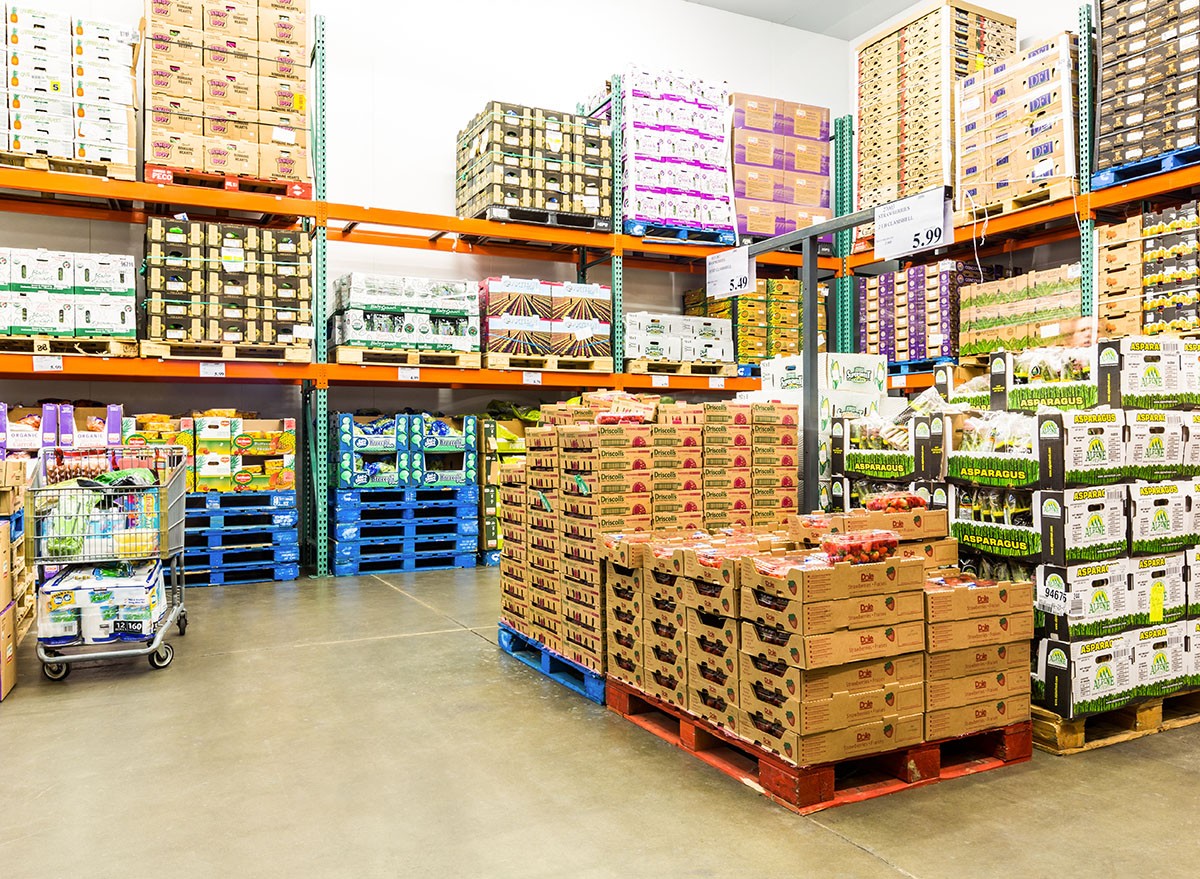
Next, she hits up Costco's legendary produce section. "I go through a lot of lemons, so those are always on my list, along with baby spinach, asparagus, and Brussels sprouts," she writes.
Cheese
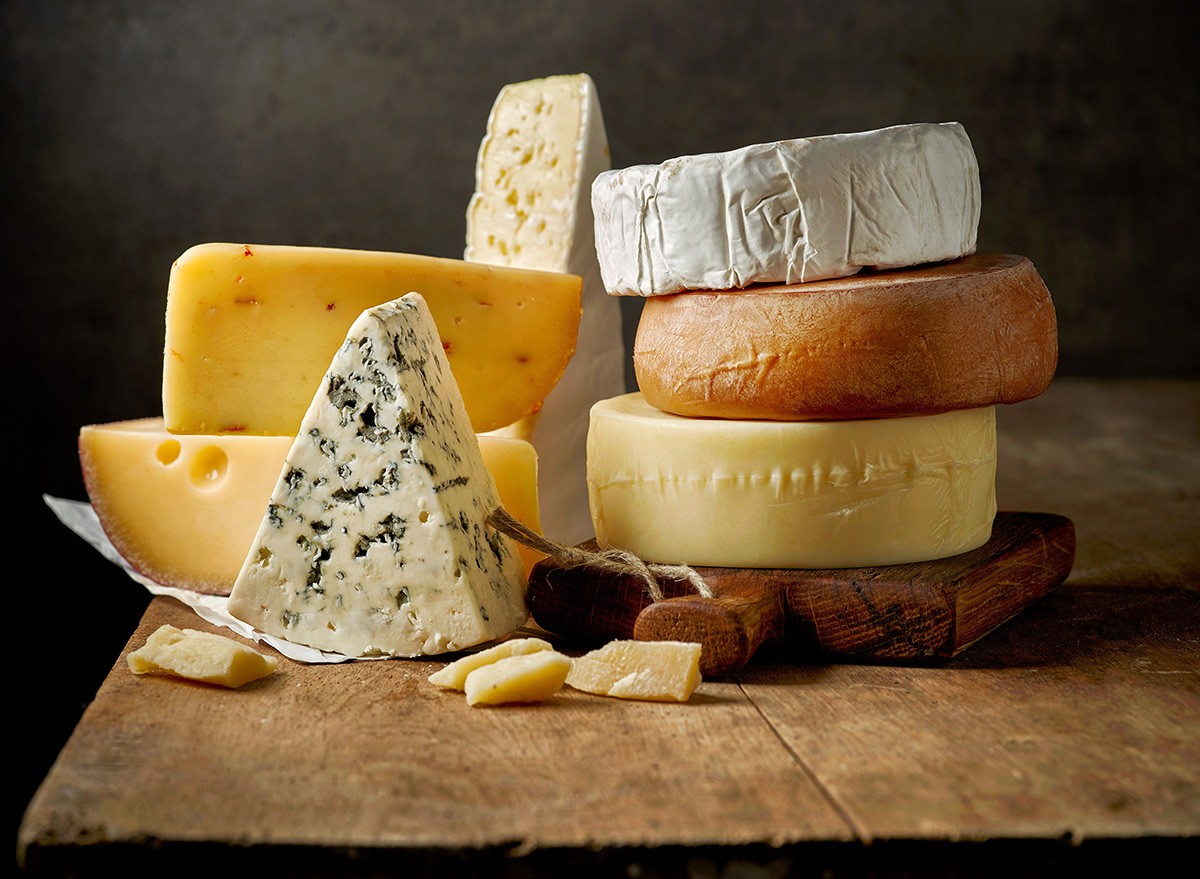
She also hits the cheese aisle. "I prefer buying the big 2lb blocks of cheddar, then grating it myself. I also like to keep a big tub of shredded parmesan on hand. We usually buy cream cheese here too," she writes.
Fermented Foods
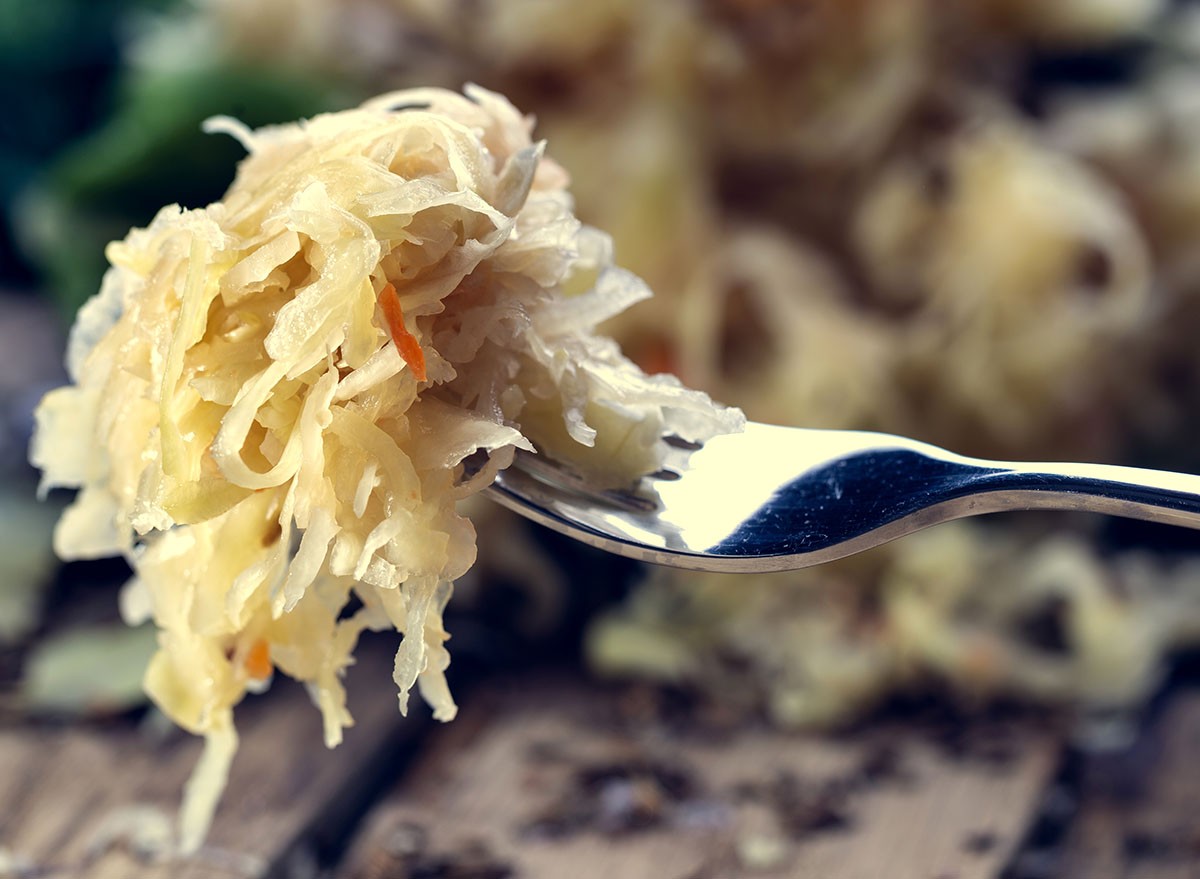
Costco is a great place to shop for prebiotic and probiotic foods, including fermented foods. "I like the Wildbrine fresh sauerkraut and the grillospickles pickles!" she writes.
RELATED: 8 High-Protein Foods with Nearly Zero Calories That Melt Fat
Bone Broth
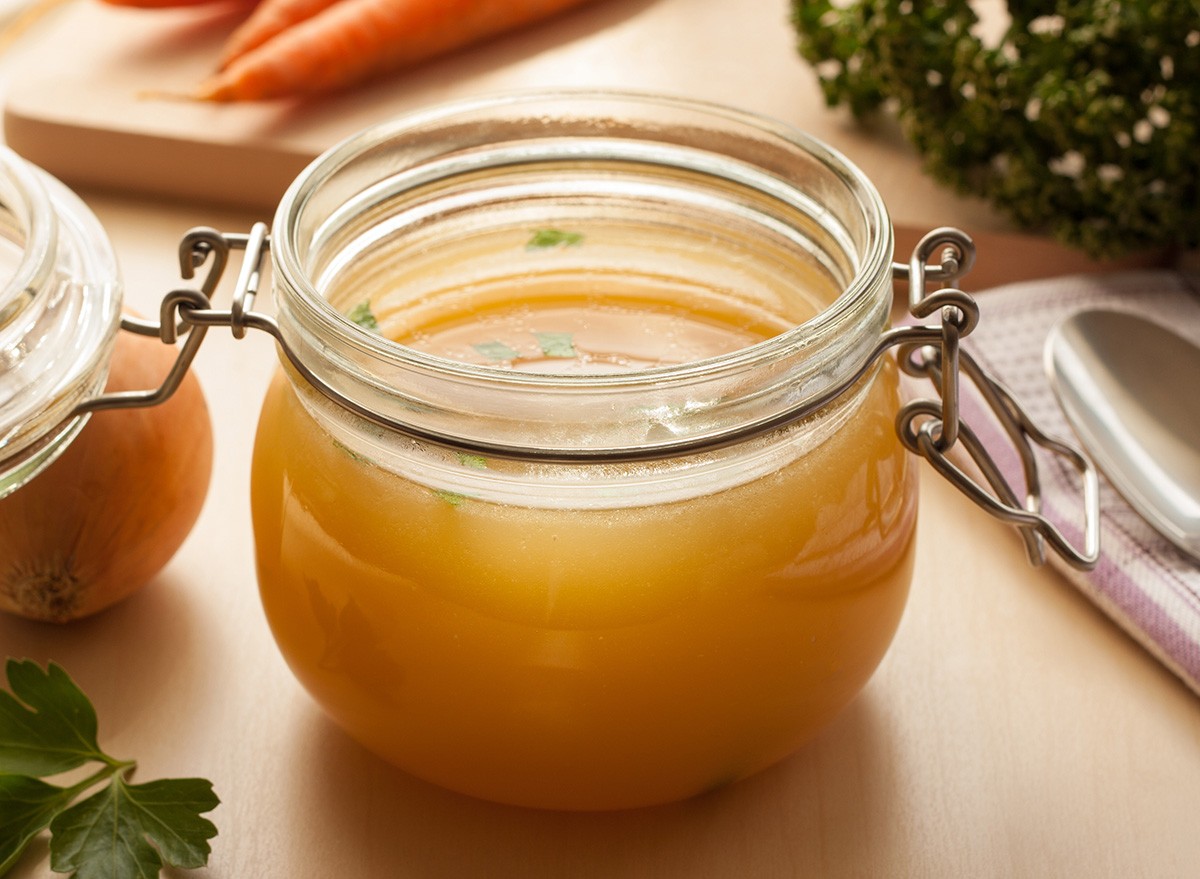
She also buys bone broth at Costco. "I love that Costco has started carrying my favorite @roliroti brand of fresh bone broth!" she writes.
Extra Virgin Olive Oil
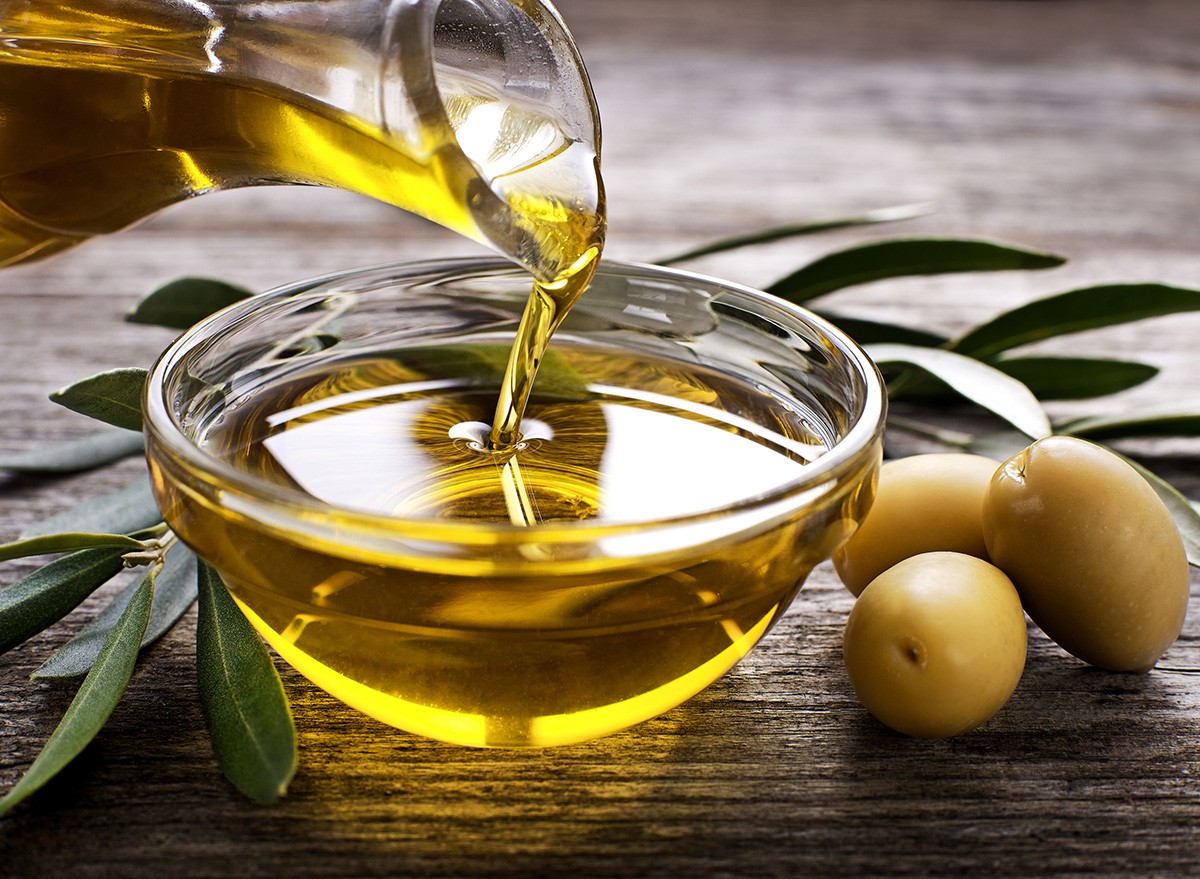
Extra Virgin Olive Oil is a great deal at Costco, especially the store's own version. "I like the Kirkland brand," she says.
Avocado Mayonnaise
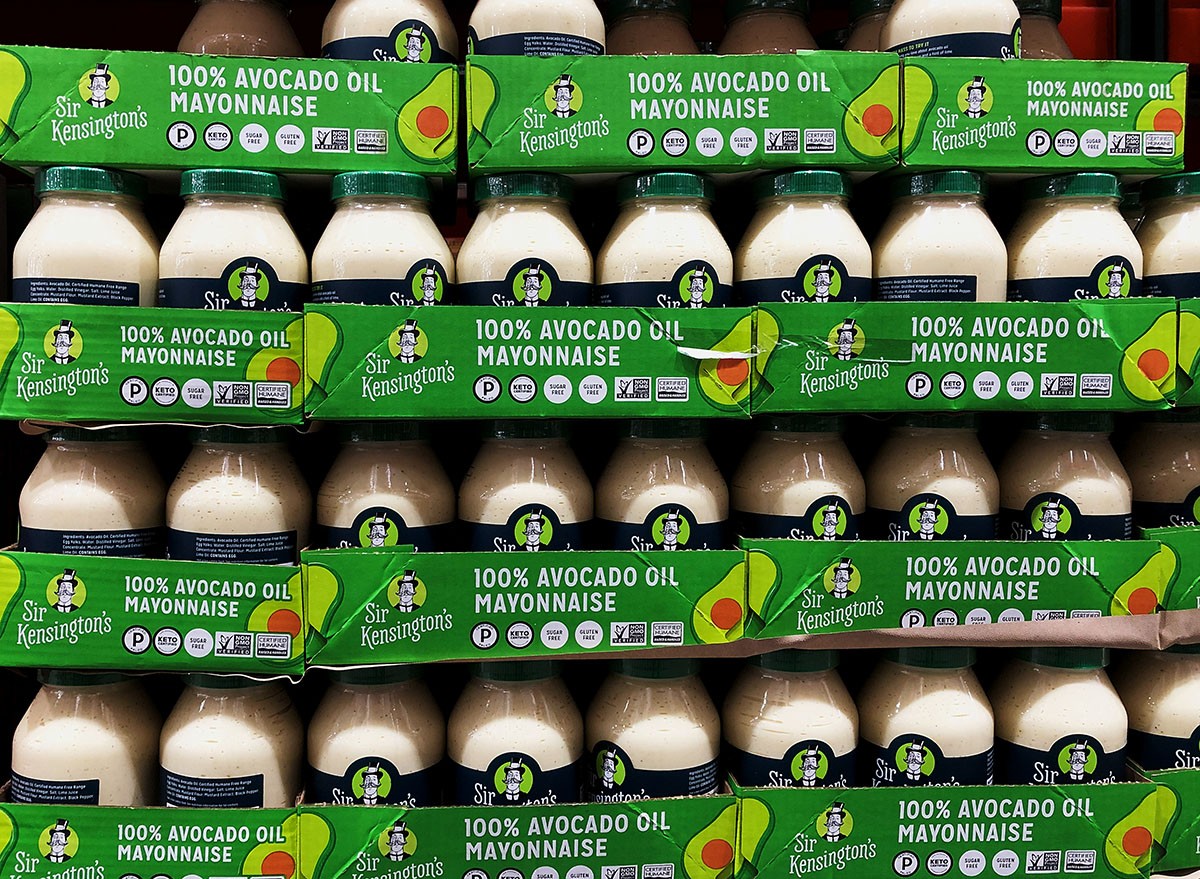
She is also a fan of avocado mayonnaise. "I use the @chosenfoods brand and it is soooo much cheaper here than at Publix," she says.
RELATED: 20 Foods You Didn't Know Were Ultra-Processed
Hemp Hearts and Chia Seeds
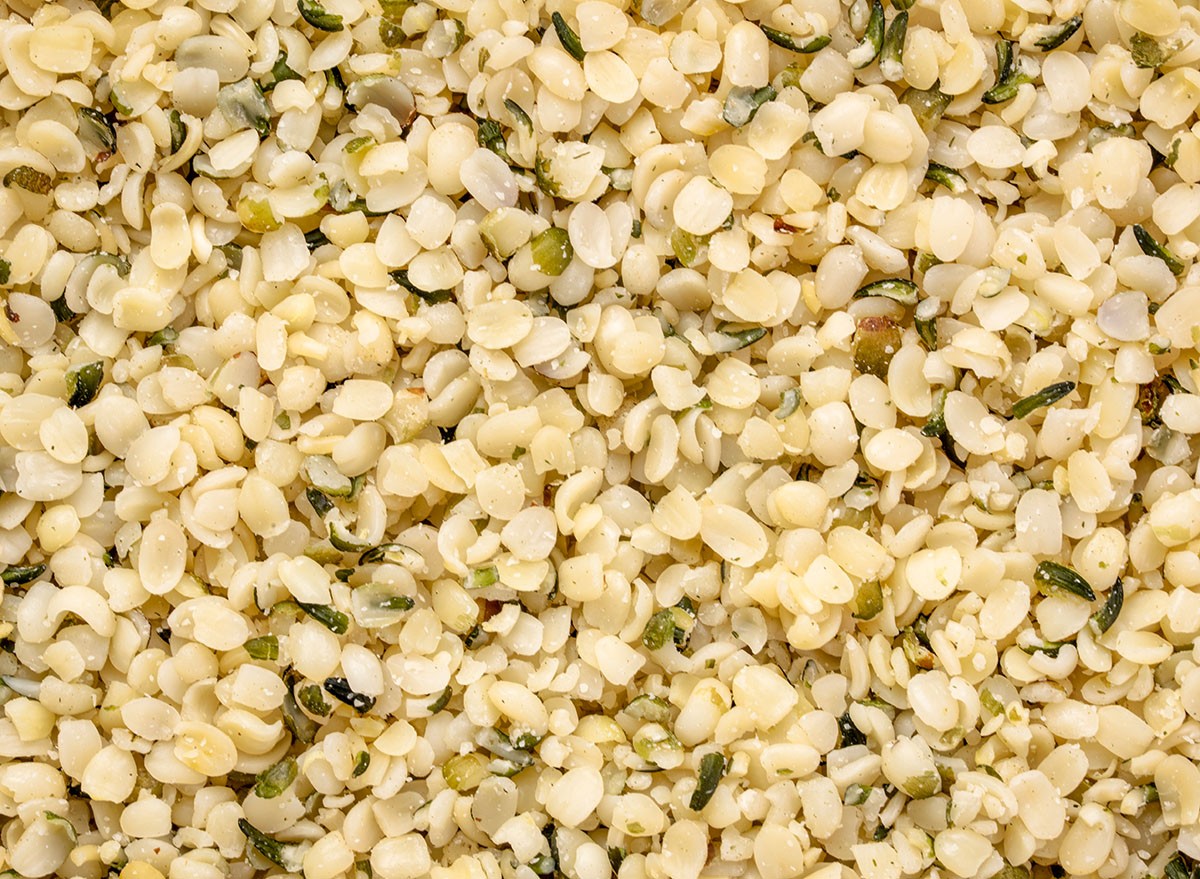
Next on her list? Hemp hearts and chia seeds. "For my protein balls & chia seed pudding," she writes.
Collagen Protein

Collagen protein is another item she stocks up on during her monthly Costco shopping trip. "I add this to a TON of recipes so I go through it pretty fast. I like the @vitalproteins brand," she says. And if you enjoyed this article, don't miss these 8 High-Protein Foods with Nearly Zero Calories That Melt Fat.




